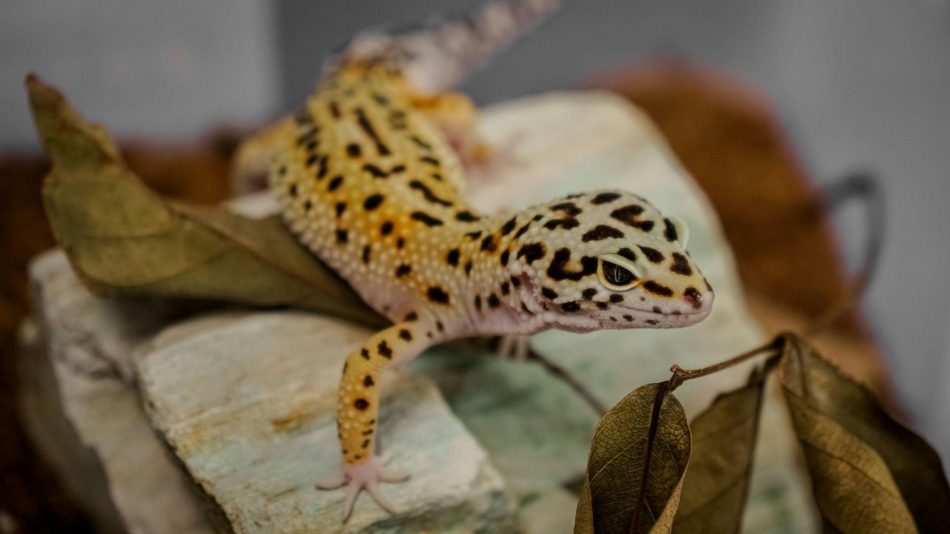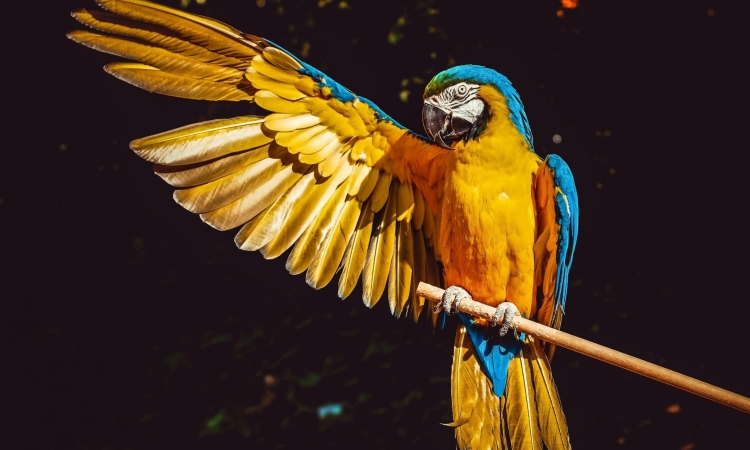Moving is already a difficult task, but transporting an exotic pet adds another layer of responsibility. From reptiles and birds to spiders and amphibians, exotic pets require careful handling, detailed planning, and attention to legal and environmental factors. Whether you’re moving across the country or internationally, this guide will help protect your pet’s well-being and make the process smoother for both of you.
Can exotic pets travel across state lines or by plane?
Before making travel plans, it’s essential to understand the rules governing the transportation of exotic animals. State laws vary, and some species may be restricted or require special permits. For instance:
- Birds: Quaker parrots are banned in CA, GA, and PA. Many species require psittacosis testing and health certificates.
- Reptiles: Some large snakes are restricted in Florida; Hawaii bans all snakes. CITES (Convention on International Trade in Endangered Species of Wild Fauna and Flora) permits may be required for turtles and lizards.
- Amphibians: Axolotls are illegal to own in California and New Jersey.
- Invertebrates: Airlines often won’t accept tarantulas or scorpions, and venomous species may be outright prohibited.
- Small mammals: Sugar gliders are banned in Alaska, California, Hawaii, and some cities like New York City.
Airlines also have their own pet safety rules and may not accept certain exotic animals—especially those that require specific temperature or humidity levels.
Tip: Contact the USDA or your state’s agriculture department to verify transport permits and species-specific regulations.
What paperwork is needed to move exotic pets?
Documentation is critical when transporting exotic pets. At a minimum, most moves require a USDA-accredited veterinarian to sign off on a health certificate (APHIS Form 7001). Depending on your species and destination, you may also need:
- Import/export permits
- Proof of ownership
- Vaccination records
- CITES documentation (for internationally protected species)
If you’re working with an animal transport service, they may assist with the required documentation. But if you’re managing the move yourself, be proactive. Failing to have the proper paperwork can lead to travel delays, or worse, the confiscation of your pet. The US Department of Agriculture’s Animal and Plant Health Inspection Service offers more information about pet regulations in each state.
Tip: Create both digital and hard copies of all paperwork and keep them with your travel essentials.
What’s the best way to transport an exotic pet?
For long-distance moves, ground transport is often safer than flying – especially for temperature-sensitive pets. But every species has its own recommended travel gear and methods:
- Birds: Small, secure travel cage with perch. Cat carriers make good travel containers for small and medium-sized birds, and can be fit with a perch and have bowls for food and water. Cover partially to reduce stress and maintain warmth. Bring treats like millet spray.
 Reptiles: Well-ventilated plastic tub or carrier with secure latches. Include heat packs or cooling packs depending on species. Avoid feeding before travel.
Reptiles: Well-ventilated plastic tub or carrier with secure latches. Include heat packs or cooling packs depending on species. Avoid feeding before travel.- Amphibians: Use insulated containers (like coolers) with damp moss. Keep temperatures stable, usually 65–75°F.
- Tarantulas/invertebrates: Ventilated deli cups in padded boxes. Avoid bright light, vibrations, and temperature swings. No feeding before transit.
- Small mammals: Hard-sided carrier with bedding, water source (like gel or frozen bottle), and familiar toys or scents.
Tip: Always test your pet’s carrier in advance. Look for escape risks, sharp edges, and improper ventilation.
How to reduce stress for exotic pets during a move
Exotic pets are highly sensitive to change. Stress can impact their immune system, behavior, and appetite. Preparing your pet in advance can reduce anxiety and help them adjust to the move. Help them adjust by:
- Introducing the travel enclosure early. Practice short “trial runs” in the car. Smaller carriers may be seat-belted in a car to help reduce the risk of injury in the case of sudden stops.
- Minimizing handling during the move.
- Using familiar items (bedding, substrate, toys) in the travel enclosure.
- Maintaining environmental consistency as much as possible, especially temperature, humidity, and lighting.
Tip: Avoid loud noises, rough roads, or excessive vibration during transit. Keep pets shaded and out of direct sunlight.
Do you need professional help?
Not every move requires a professional pet mover, but many exotic pet relocations benefit from one, especially if:
- You’re traveling internationally or crossing multiple state borders
- You’re transporting venomous or fragile species
- You need climate-controlled transport
- You’re unsure about permits, carriers, or enclosure setup
Professional animal relocation companies can navigate documentation, provide species-specific carriers, and offer the kind of transport equipment you can’t easily get on your own.
Tip: Choose a provider with experience moving exotic animals – not just cats and dogs. Ask about vet support, insurance, crate standards, and species-specific protocols.
Helping your exotic pet settle in
Once you’ve arrived, it’s important to give your pet a stable, familiar space to acclimate. Set up their permanent enclosure first, keeping it as close to the previous setup as possible. Offer fresh food and water, and monitor behavior closely for signs of stress or illness.
For birds and small mammals, this may take a few days. For reptiles and amphibians, wait to resume normal feeding until they’ve fully adjusted.
One last recommendation: “Don’t forget to find a vet that specializes in your pet’s needs,” suggests Dr. Betsy Kennon, VMD, president and veterinarian of Animal Protectors of Allegheny Valley. “If you have a bird, consider looking for a vet at the Association of Avian Veterinarians (AAV), and for your reptile or amphibian, try the Association of Reptile and Amphibian Veterinarians (ARAV). These organizations have a “Find a Vet” feature on their websites, which could be helpful for when you are planning your move and for when you’re getting set up in your new home. Both organizations feature vets who are located in the US and internationally.”
Tip: If your pet was exposed to unfamiliar animals or environments during travel, consider a quarantine period, especially for birds and reptiles.
Final thoughts
Every exotic animal has its own needs, risks, and travel considerations. Moving with one requires more planning and prep – but with the right gear, legal documentation, and species‑specific knowledge, your pet can move safely and comfortably.


